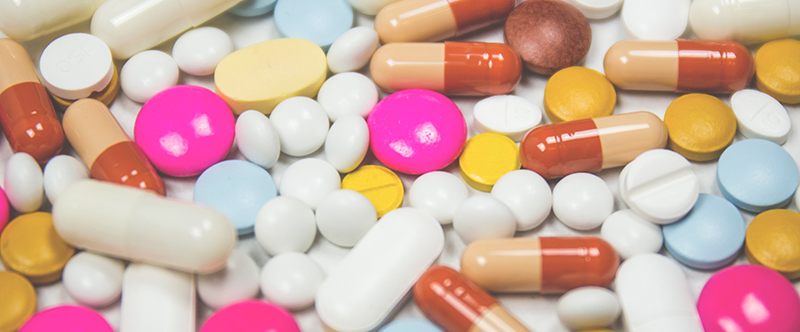Overuse of ADHD Drugs Rises

Exposure to ADHD Drugs Increased More Than 60 Percent in 15 Years
Exposure to common medications used to treat attention deficit hyperactivity disorder (ADHD) has increased by more than 60 percent in children and adolescents.
According to a report by CNN, a new study looked at all calls to U.S. poison control centers for unintentional or intentional exposure to ADHD medications between 2000 and 2014 among children and adolescents. The researchers found that the number of calls increased from 7,018 in 2000 to 11,486 in 2014—a 64 percent increase.
According to the study's authors, "exposure" refers to the unnecessary ingestion, inhalation, or absorption of these medications.
Researchers looked at exposure to four common medications used to treat ADHD: methylphenidate (Ritalin), amphetamine (Adderall), atomoxetine, and modafinil. Approximately 46 percent of the exposures were due to methylphenidate and 45 percent to amphetamine. The medications are considered stimulants with overexposure symptoms including agitation, tremor, increased heart rate, confusion, and seizures, according to the Mayo Clinic.
Just as with opioids, these medicines are far too accessible in bathrooms and bedrooms and kitchen cabinets all over the country. However, increasing numbers of pharmacies and hospitals and health systems are building take-back programs for individuals seeking to dispose of these medicines.
Article Source: CNN
Image Source: Pexels